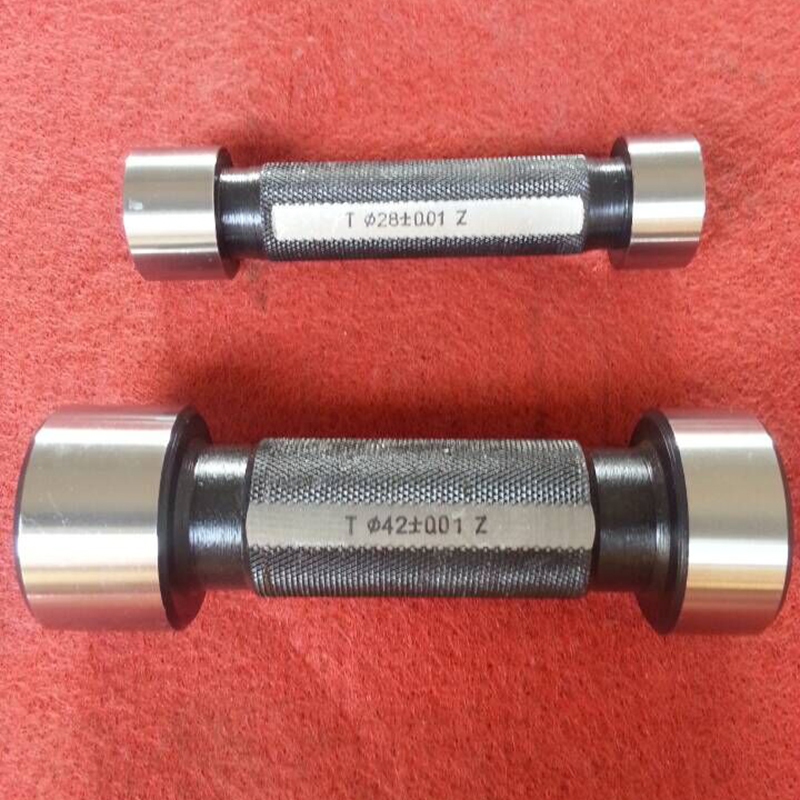Jul . 28, 2024 15:04 Back to list
Exploring Essential Marking Tools for Precision Work in Metal Fabrication and Engineering
Marking Out Tools in Metal Work
Marking out tools play a critical role in metalworking, serving as the foundation for accurate fabrication and assembly. These tools enable metalworkers to lay out precise dimensions, shapes, and details on metal surfaces before cutting, drilling, or shaping the material. Using the right marking out tools ensures that the finished product meets specifications, minimizing errors and waste.
One of the most fundamental marking out tools is the scriber. This manual tool is used to create fine lines on metal surfaces. It is typically made of hardened steel and produces a sharp and accurate mark. Scribers are essential for transferring measurements taken from a ruler or tape measure to the workpiece. When using a scriber, the metalworker can achieve a high degree of precision, which is crucial for parts that must fit together tightly.
Marking Out Tools in Metal Work
Squares are also pivotal in marking out processes. The try square and combination square, for instance, help establish right angles and check the accuracy of corners. A combination square often includes a ruler and a spirit level, making it a versatile tool for both marking and measurement. Accurate right angles are crucial for the structural integrity of metal components, especially when assembling frameworks or machinery.
marking out tools in metal work

Marking gauges are commonly used for scribing lines parallel to an edge. A typical marking gauge features a sharp point, typically a blade or a scriber, and can be adjusted to create marks at different distances from a reference edge. This tool is especially useful for repeating measurements quickly, ensuring consistency across multiple pieces that need to be cut or shaped identically.
When it comes to larger metal pieces, chalk lines become handy. A chalk line, consisting of a string coated in chalk, is stretched across the surface and snapped to leave a straight line. This method is beneficial for marking long, straight cuts or guidelines on large sheets of metal, providing a clear and visible reference.
In addition to traditional marking tools, technology has introduced laser marking systems into the metalworking arena. Laser marking provides an unparalleled level of precision and is ideal for complex designs or detailed logos. It can etch or engrave directly onto metal surfaces, making it an excellent option for both functional and decorative purposes.
Choosing the right marking out tool often depends on the specific needs of the task at hand. Factors such as the type of metal being worked on, the required precision, and the complexity of the design all influence which tools will be most effective. Proper maintenance of these tools is equally important; keeping them sharp and clean ensures they perform optimally, which in turn enhances the quality of the work produced.
In conclusion, marking out tools are indispensable in metalwork, essential for achieving precise and accurate results. From traditional tools like scribers and squares to modern laser systems, each tool has its unique purpose and contributes to the overall success of metal fabrication. Mastering their use not only improves the quality of the work but also elevates a metalworker’s skills, demonstrating the importance of precision in this exacting discipline.
-
Y Type Strainer Maintains System Efficiency Long TermNewsJul.15,2025
-
Valve Selection Guide for Industrial ApplicationsNewsJul.15,2025
-
Steel Fab Table Provides Durable Work Surface for WeldingNewsJul.15,2025
-
Pad Iron Provides Stable Support for Heavy MachineryNewsJul.15,2025
-
One Inch Check Valve Fits Standard Plumbing SystemsNewsJul.15,2025
-
Measuring Micrometer Ensures Precise Dimensional AccuracyNewsJul.15,2025
Related PRODUCTS









